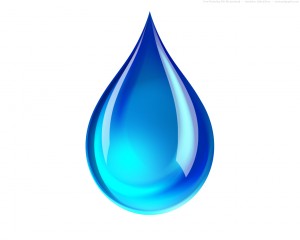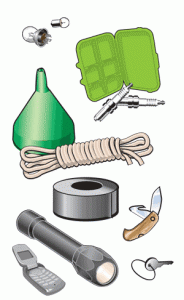B2B Lead Closure Through Linear Drip Campaigns
 Businesses who’ve mastered the artistic approach of growing their B2B sales bases know that conventional outbound marketing campaigns are perhaps growing cold, stagnant and simply worn down. Many leads which are collected from conventional drip campaigns aren’t actively buying since the individual lead either was collected amiss, or wasn’t thoroughly nurtured as it should’ve been. The new innovation which could increase B2B lead closings comes in the form of linear drip campaigns, the inventive approach of taking your regular drip campaigns and spreading automated emails, sequentially created prior to commencement, so that leads are being continually engaged.
Businesses who’ve mastered the artistic approach of growing their B2B sales bases know that conventional outbound marketing campaigns are perhaps growing cold, stagnant and simply worn down. Many leads which are collected from conventional drip campaigns aren’t actively buying since the individual lead either was collected amiss, or wasn’t thoroughly nurtured as it should’ve been. The new innovation which could increase B2B lead closings comes in the form of linear drip campaigns, the inventive approach of taking your regular drip campaigns and spreading automated emails, sequentially created prior to commencement, so that leads are being continually engaged.
The Linear Principle
Since many B2B lead lists will automatically be segmented in varied categories, marketing professionals can simultaneously run regular drip campaigns and linear drips which regularly email inspirational stories related to products being offered. Along with regularly sent articles or stories, coupons and other cost-benefit analyses can be sent to potential business leads to cultivate more sales closures rather than experiencing lead stagnancy. Letting potential business customers eek through the door cracks into someone else’s database is rather heartbreaking and takes away that potential lead closing.
Benefits Of Linear Drip Campaigns
Aside from the obvious sales connotations, many long-term benefits reside within successful drip campaigns, perhaps many of them going unnoticed. When considering marketing agendas for your new or existing businesses, examine some exponentially lionized benefits of using linear drips:
- You’ll have the opportunity to make your prospects sales-prepped
- Potential outflows in sales funnels are minimal
- Increased chances your leads will order products via internet
- Motivational for end user when your initial goals are receiving product evaluations
- Reduction in time spend educating potential leads on your product or service
- Gain targeted business customers through word of mouth or forwarded emails
Since authentic linear drip campaigns trump your conventional ‘one and done’ email blasts, the potential for developing B2B ties and sales grows when your concentration is on slower campaigning since shots in the dark tend to reap little benefits or plausible leads.
Specific Cases Of Effective Drip Campaigns
B2B leads are much more sensitive to erratic marketing tactics since the potential spend is much higher than most customers. When you’ve already established marketing practices and have obtained business customers, drip campaigns become ‘customer nurturing’ since now retention becomes your primary objective with current business buyers. Here are several instances when drip marketing campaigns are appropriate for current business clients provided the message is concise:
- Renewal of Services – When you’ve encountered clients who are due for renewal, explaining the benefits of remaining your loyal customer and introducing new innovations which better their current service should come in drips; perhaps roll out your new changes prior to sending the renewal emails for more effective closing ratios.
- Upcoming training – When your company will offer seminars relevant to products they’ve purchased, sending several drip campaigns including different parts of your seminar and reminder to be present will help the busy business owner to remember to sign up.
Conclusion
Quality linear drip campaigns bring B2B lead generation to greater heights while bettering the marketing efficacy of emails sent. While not every basic marketing plan will include dripping content or offers into emails within owned databases, campaigns of this magnitude should always be considered as an alternative to aging or completely eradicating leads which you’ve held onto for several years without effectively closing sales to.





 A lead has marginal value until it can be successfully converted into a sale. Businesses spend a considerable amount of time and money securing quality leads and cannot afford ineffective nurturing. Use some of these guidelines to convert leads using smart lead nurturing. If the information that is sent out is not relevant and informative to a lead’s specific interests then the content will be of no value to them. That is why the first step is to qualify leads and segment them based on their browsing history.
A lead has marginal value until it can be successfully converted into a sale. Businesses spend a considerable amount of time and money securing quality leads and cannot afford ineffective nurturing. Use some of these guidelines to convert leads using smart lead nurturing. If the information that is sent out is not relevant and informative to a lead’s specific interests then the content will be of no value to them. That is why the first step is to qualify leads and segment them based on their browsing history.



